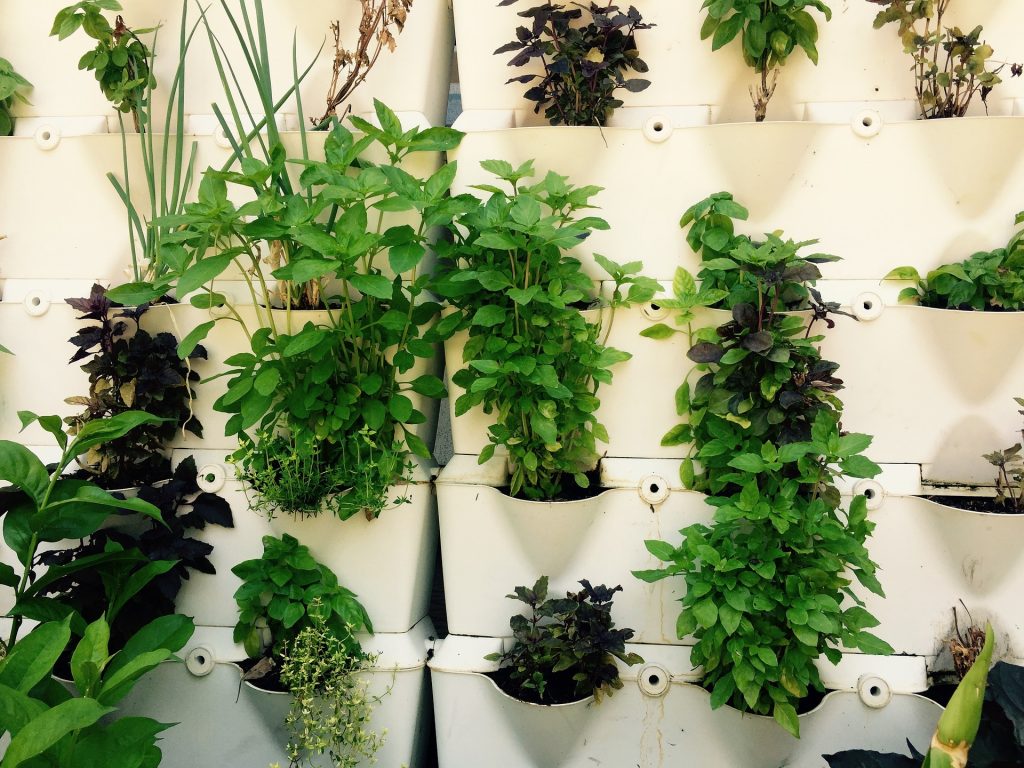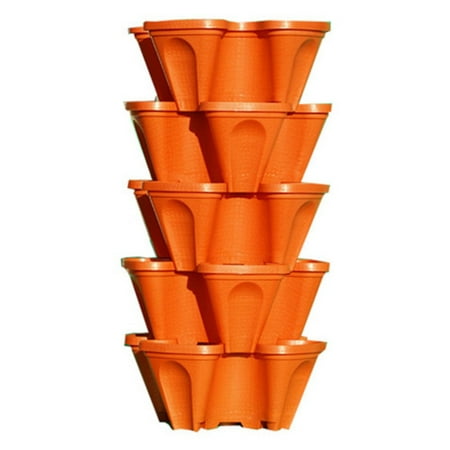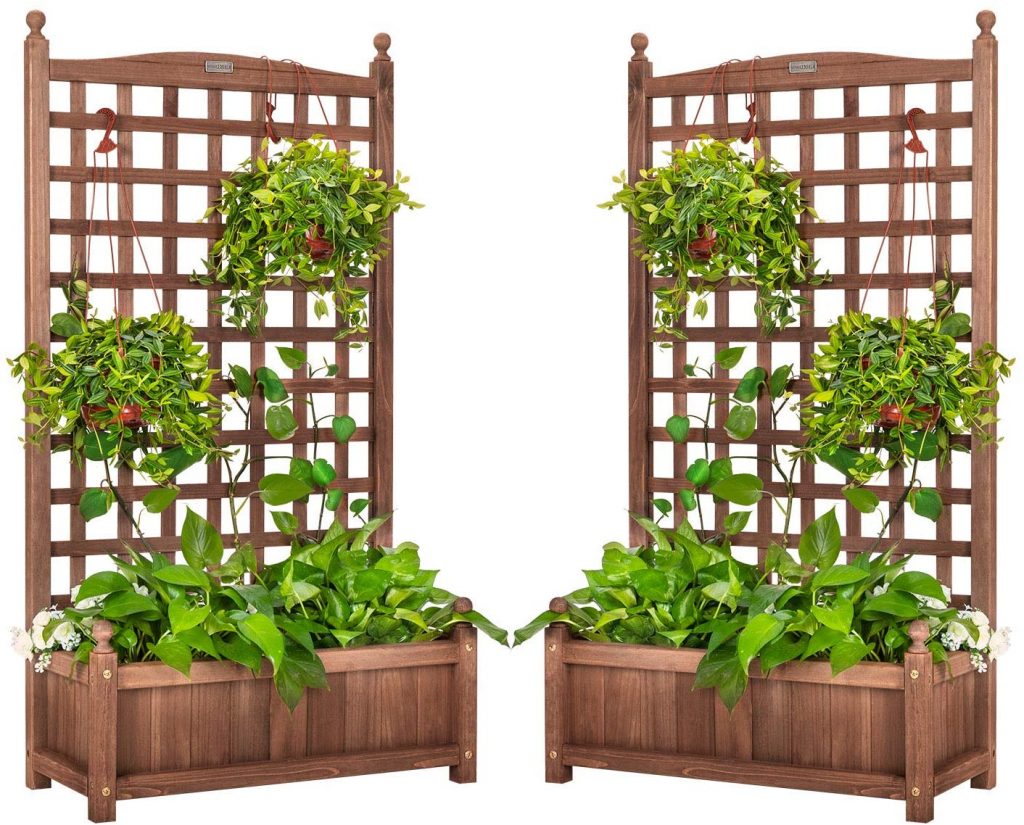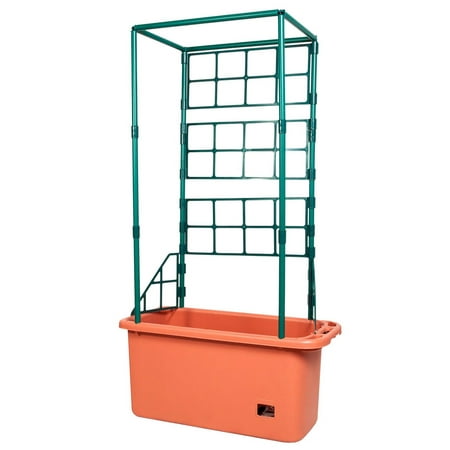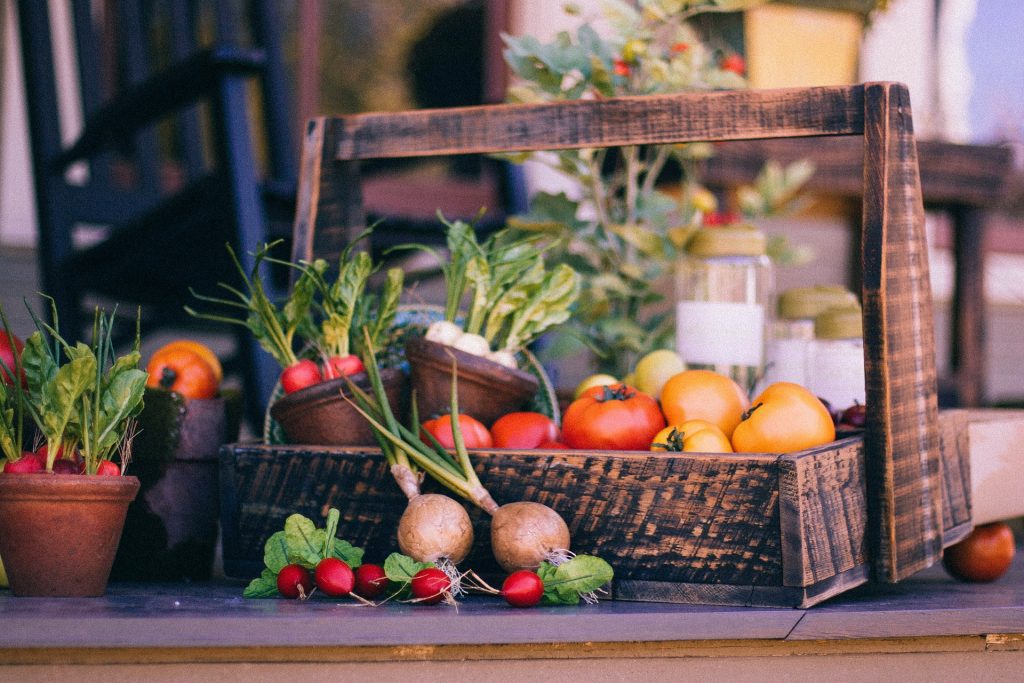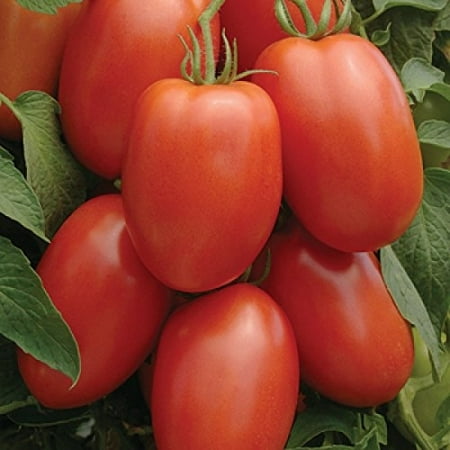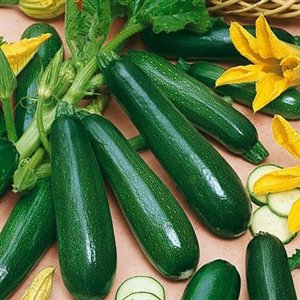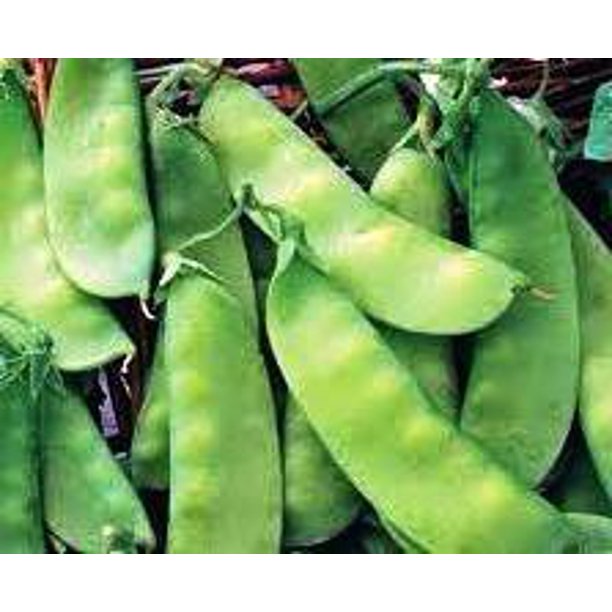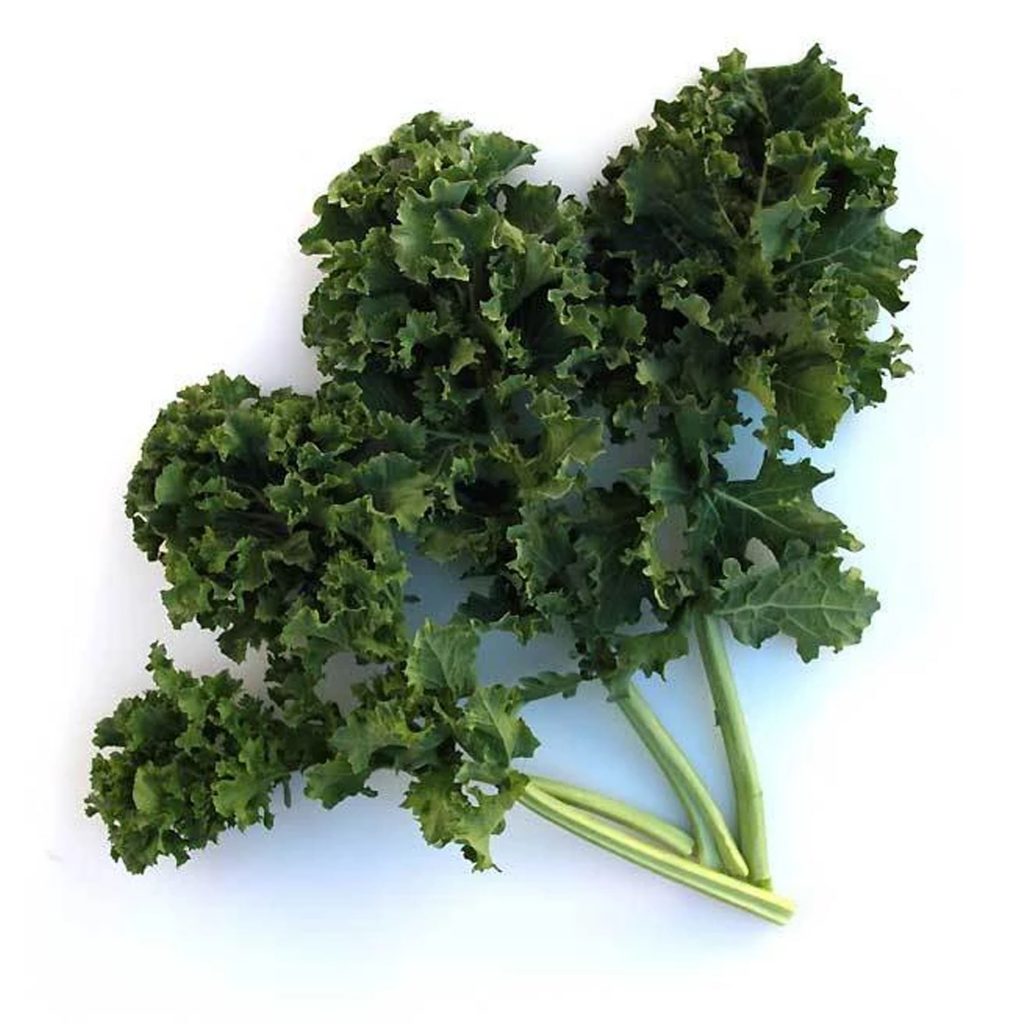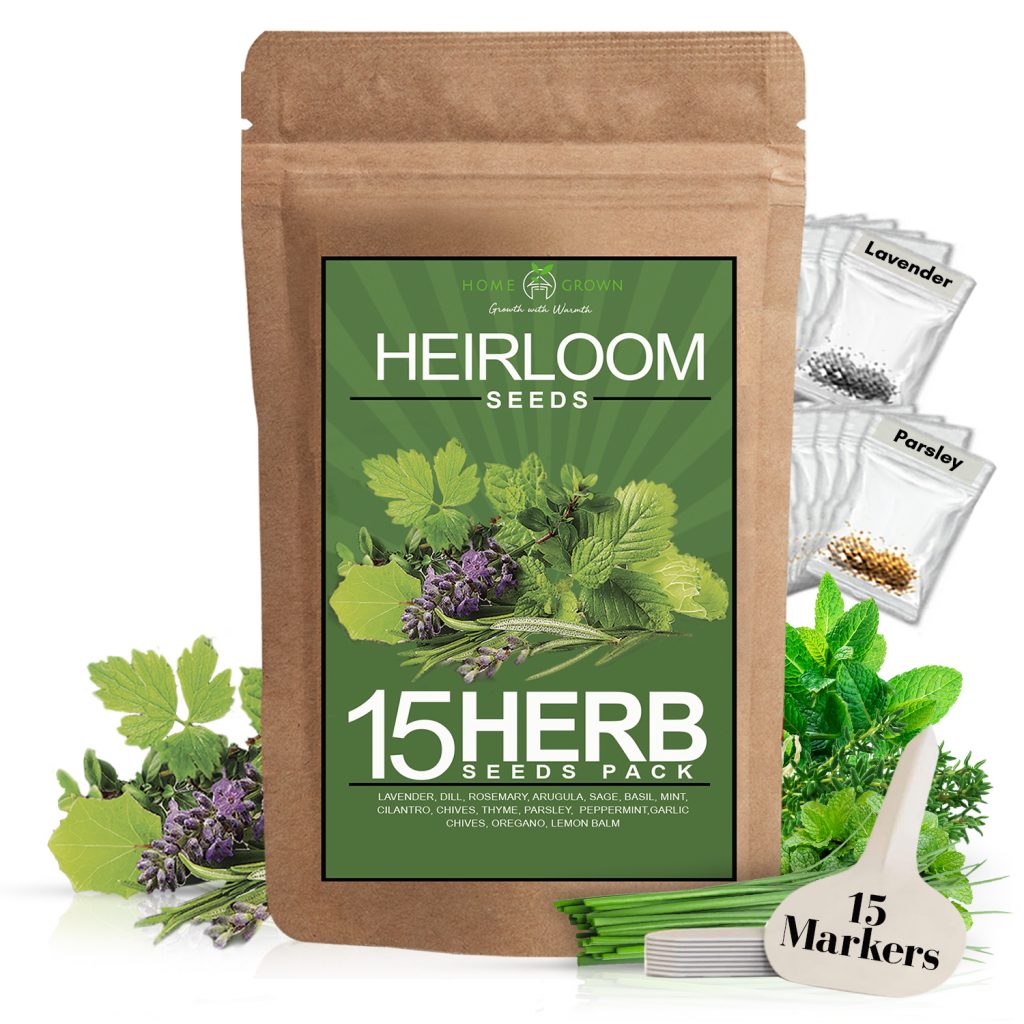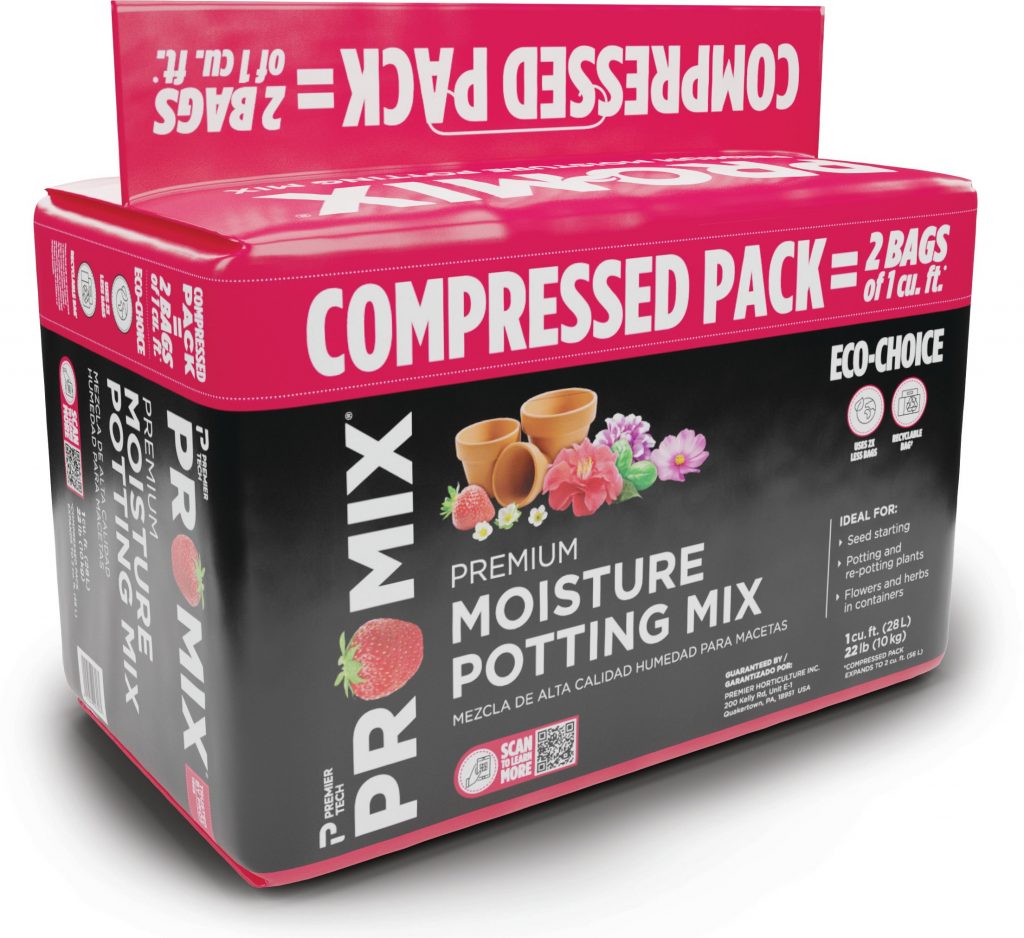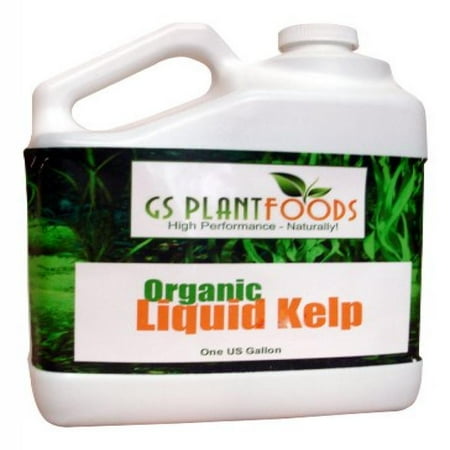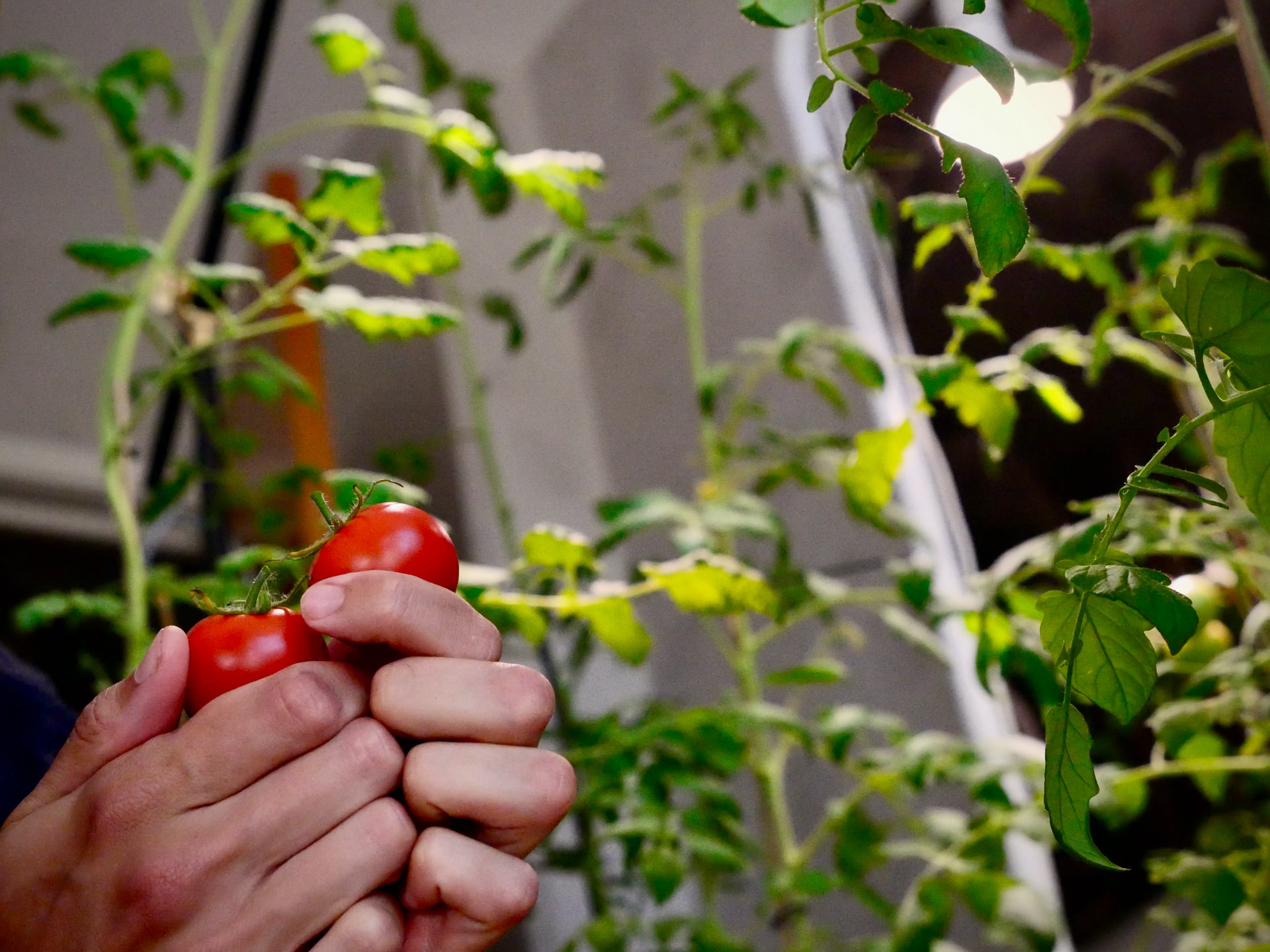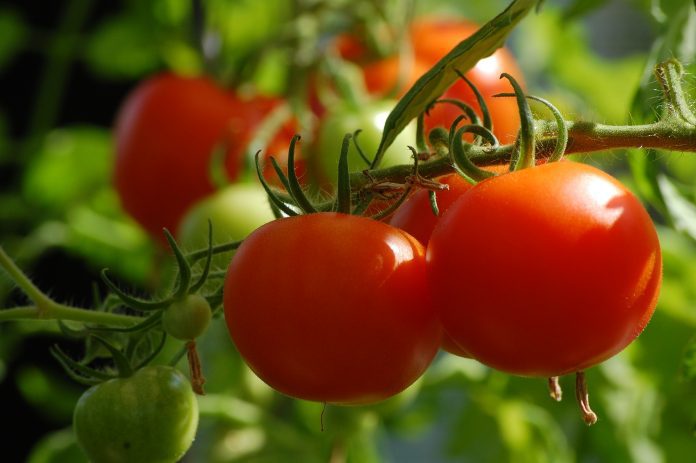
Americans love vegetable gardening, and the most popular crop we grow in our gardens is the humble tomato.
However, if you have a small garden or just a concrete yard, you may wish to discover the delights of vertical gardening to produce an abundant vegetable crop. It’s not difficult to create vertical growing space for vegetable gardening.
Recommended Read: 9 Vertical Garden Bed Ideas to Take Your Garden to a New Level
With a bit of imagination and some clever know-how, you may transform a blank wall into an efficient growing space for some of your favorite crops.
Additionally, it may surprise you to learn about the bumper crops you may achieve from vertical vegetable gardening. Brace yourself as we guide you through some innovative and unique ideas to maximize the growing space in your gardens.
Vegetable Gardening Taken to New Heights
The pandemic means that many of us became intimately familiar with our gardens as a welcome escape from seeing the same four walls during the lockdown.
Consequently, home gardening bloomed due to the pandemic, especially vegetable gardening. There is something so satisfying about growing a plant that provides us with fresh, nutritious food.
However, have you ever considered vertical vegetable gardening to increase your yield?
Think of the Hanging Gardens Of Babylon, except with vegetables. Using rows of guttering attached to the wall to unique, purpose-built Hanging Garden Wall planters, vertical gardening allows you to maximize every bit of space in your garden or yard.
Fruits and vegetables such as tomatoes, herbs, and lettuce varieties thrive in vertical conditions to reward you with a bumper crop.
Recommended Read: The Usefulness of Tomato Trellis
Perhaps you love to grow beans, and stringing a few lines up a wall and planting your seeds in a large pot at the base of the make-shift trellis may see you enjoying a feast come harvest time.
What Is Vertical Vegetable Gardening?
Vertical gardening means using vertical space to grow your vegetables, herbs, and fruit. Suppose you use poles to grow beans and garden peas. That constitutes vertical gardening.
However, you may take the trend a step further to increase your yield and make more of that precious space.
Some handy tips for successful vertical vegetable gardening
Choose a wall that gets lots of sunshine. While some herbs and salad vegetables may tolerate shady positions, the best crops derive from planting your vegetables in a sunny place. Tomatoes love the sun and need plenty of it to ripen, so pick your elevation carefully.
Don’t build your vertical gardens too high. If you place your containers too high, you may find it difficult to maintain them. Consequently, don’t make them taller than you can reach.
When your vegetables start to produce crops, they weigh more than you think. Imagine a tomato plant laden with juicy red fruits.
Those cropping plants weigh a lot and combine with the soil and water requirements, and you may run into trouble if your support system is inferior.
Vegetable gardening on vertical spaces requires constant watering. Consequently, the supporting wall needs to withstand excessive amounts of moisture. You may use a waterproof barrier between the wall and planters, such as a vapor barrier or a polyethylene cloth.
Versatile vegetable gardening
Despite taking the appropriate precautions, vertical gardening proves a highly versatile form of cultivation. Whether you use a few pots or troughs fixed to a wall or resting on shelves, or go for the full Vertical Garden Wall Planter, the technique is flexible and forgiving.
Vertical Vegetable Gardening Explored
Vertical gardening sounds like a fantastic idea to maximize your space and take advantage of healthy, nutritious crops. However, what do you use for vertical vegetable gardening?
Vertical Fruit and Vegetable Planter
The thought of tucking into sweet, juicy, fresh strawberries makes our mouths water, but the plants take up a lot of room when you grow them conventionally.
However, the Vertical Fruit and Vegetable Planter from Mr. Stacky proves the ideal solution for going up in the world.
Buy at Walmart.com
Strawberries benefit from having their developing fruits lifted off the ground. It prevents them from spoiling and allows the sun to ripen them efficiently.
This innovative vertical tower from Mr. Stacky holds up to 20 plants, be they strawberries, herbs, or salad vegetables. It makes the ideal planter for growing several lettuce varieties, especially if you stagger your sowing for a continual crop.
Wood Planter Raised Beds
If you don’t like the idea of fixing things to your walls, or you fancy something with decorative flair, then the Wood Planter Raised Beds from VIVOHOME provides the perfect answer for vertical gardening.
The large wooden trough houses a tall wooden trellis that proves ideal for training your runner beans up a wall.
If you place the self-contained container and trellis up against a sunny wall, you can benefit from a bumper crop of fruit and vegetables. Try growing beans, garden peas, and cucumbers up the trellis for a bumper crop. Furthermore, the setup looks good in most gardens.
Pocket Planting Vege Herbs Hanging Wall Planter
The Pocket Planting Vege Herbs Hanging Wall Planter from Estink makes the ideal vertical garden maximize your growth potential. It is perfect for growing herbs and smaller vegetables such as hanging tomatoes, dwarf beans, and garden peas.
Buy at Walmart.com
The kit contains 72 pockets, which significantly increases your upward growing space. Crops such as strawberries and lettuces may benefit considerably from the elevated growing position.
Furthermore, the felt material construction meets environmental standards with non-toxic and biodegradable properties.
Excess water automatically drains away, and the metal eyelets set into the felt allow you to hang the pocket wall from a sturdy pole mounted to the wall.
Tomato Trellis Self Watering Garden System
If you love growing fresh, juicy tomatoes, the Tomato Trellis Self Watering Garden System from Hydrofarm makes the ideal solution for vertical vegetable gardening.
Buy at Walmart.com
The container uses an innovative self-watering system to provide your plants with a constant water supply as they need it. The system uses a robust, expandable trellis system that expands to over 4 feet tall.
If you place the unit against a sunny wall, you can enjoy a bounteous crop of sweet, ripe tomatoes. However, you can also use the system to successfully grow tall varieties such as cucumbers and melons against a vertical space.
Richly cropping vegetables such as runner beans and garden peas may greatly benefit from the self-watering system. The vertical trellis provides ample support when placed against a sunny wall.
The structure sits on a set of sturdy wheels that make it easy to move around.
DIY Ideas
Most gardeners prove handy with tools, so why not consider building a vertical gutter garden? The idea proves simple by using lengths of guttering bracketed to the wall. However, make sure you use end caps on the gutter to prevent the soil and water from pouring out.
It is worth waterproofing the wall first with a waterproof sheet to prevent damage. Keep in mind the types of vegetables you want to grow to enable the guttering’s correct spacing.
For example, if you grow upright tomatoes, you need a lot of space between each gutter. However, if you plant hanging tomato varieties, the head height between each gutter doesn’t prove so critical.
Gutter gardening makes the ideal solution for vertical vegetable growing. You can grow all manner of salad vegetables, strawberries, tomatoes, beans, and herbs in your gutter garden.
Drainage
In normal circumstances, we use gutters to funnel water away from our properties. Consequently, they prove robust and waterproof.
As a result, you need to drill drain holes into the bottom of the gutters to allow water to escape, or your plants become waterlogged and may die.
Line the walls
Due to the drainage holes in the guttering, you may find that water pours down the wall. Therefore, you must protect the wall.
Line the vertical space with a waterproof barrier such as a polyethylene cloth or a vapor barrier cloth.
Additionally, use wooden batons fixed to the wall to mount your gutter garden. This stops the gutters and water from attaining contact with the wall and helps to avoid water damage.
Vegetables for Vertical Growing
Growing your vegetables in a vertical garden saves space and provides you with additional growing areas to maximize your cropping potential.
However, with vertical vegetable growing, you must consider the types of plants suited to the purpose.
Consider the containers
Tall plants such as tomatoes grow well in larger containers but benefit from tying to a vertical support system to maximize crops.
However, many hanging and vine varieties of tomato are well-suited to vertical vegetable growing. If you use the pocket system or gutter garden method, vine and hanging types of vegetables may thrive.
Consequently, always take into consideration the growing method and the plant varieties before you start your project.
Some vegetable selections
Vine varieties and compact plants prove ideal for vertical vegetable gardening.
Tomato Roma
The variety Roma from Seed Kingdom produces compact vines ideal for vertical gardening. Each vine produces 8 to 10 tomatoes per pound.
Buy at Walmart.com
Zucchini Black Beauty
Zucchini Black Beauty from Seed Ranch produces dwarf vines ideal for vertical gardening.
Furthermore, the plants continue to crop throughout the summer, making them a valuable addition to your vegetable gardening.
Dwarf Grey Sugar Snow Peas
The Dwarf Grey Sugar Snow Peas from Papaw’s Garden Supply LLC produce compact plants ideal for growing in vertical wall pockets and gutter gardens.
The plants gently tumble over the sides of the vertical containers to reward you with a healthy crop of delicious garden peas.
Siberian Dwarf Kale Seeds
Fresh greens from the garden taste delicious, and this variety of Siberian Dwarf Kale Seeds from Sustainable Seed will reward you with a nutritious bounty for cooking.
This dwarf variety of kale is perfect for vertical vegetable growing. You can plant the seedlings in wall-mounted pockets or garden gutters to enjoy a feast approximately 50 days from sowing the seed.
Culinary Herb Seed Vault
Herbs make a fantastic addition to vertical gardening. Consequently, this comprehensive Culinary Herb Seed Vault from Home Grown provides a wide selection of popular herbs for cooking.
The set includes basil, cilantro, parsley, chives, lavender, dill, marjoram, mint, rosemary, and thyme.
Furthermore, varieties such as mint and rosemary benefit from root-bound conditions usually associated with vertical gardening.
Growing Conditions
The nature of vertical gardening means your plants can’t draw valuable nutrients from the ground. Most vertical garden systems use precious little soil. Consequently, you need to use good quality potting compost to encourage healthy growth and crops.
If you make compost, mix a little of the home-made gold into the potting compost to enrich the mixture and give your young plants the help they need to establish. Additionally, ensure the soil remains free draining, or your plants may become waterlogged.
Watering
Your plants won’t draw moisture from the ground. Moreover, rainwater may not reach the root ball due to the stacked nature of vertical gardening.
Therefore, it is essential to check the moisture level regularly and water frequently when necessary.
Handy tip
Try using mulch around your plants to help lock in the moisture. The mulch also helps to deter pests such as slugs and snails.
Feeding
Regular feeding helps promote healthy growth and bumper vegetable crops. Your plants can’t draw nutrients from the ground, so a liquid fertilizer significantly improves the vertical garden’s growing conditions.
Buy at Walmart.com
Vertical Vegetable Growing Explained
Our gardens provide a welcome space for us to relax and offer a productive space for vegetable growing. However, if you don’t have much room, vertical gardening offers the answer to growing various vegetable crops.
Recommended Read: Growing Microgreens: What You Need to Do
Containers placed against a sunny wall with a growing frame make ideal vertical growing conditions for vine tomatoes and cucumbers.
Planting pockets provide a versatile growing solution on a wall for a wide variety of herbs and smaller vegetables.
Gutter gardening may reward you with a bumper crop of delicious strawberries or aromatic herbs for use in cooking.
Take advantage of previously wasted space by using a few containers fixed to the wall to grow vegetables. Choose a sunny spot and pick containers and plants to enhance and expand your garden’s productive capabilities.

